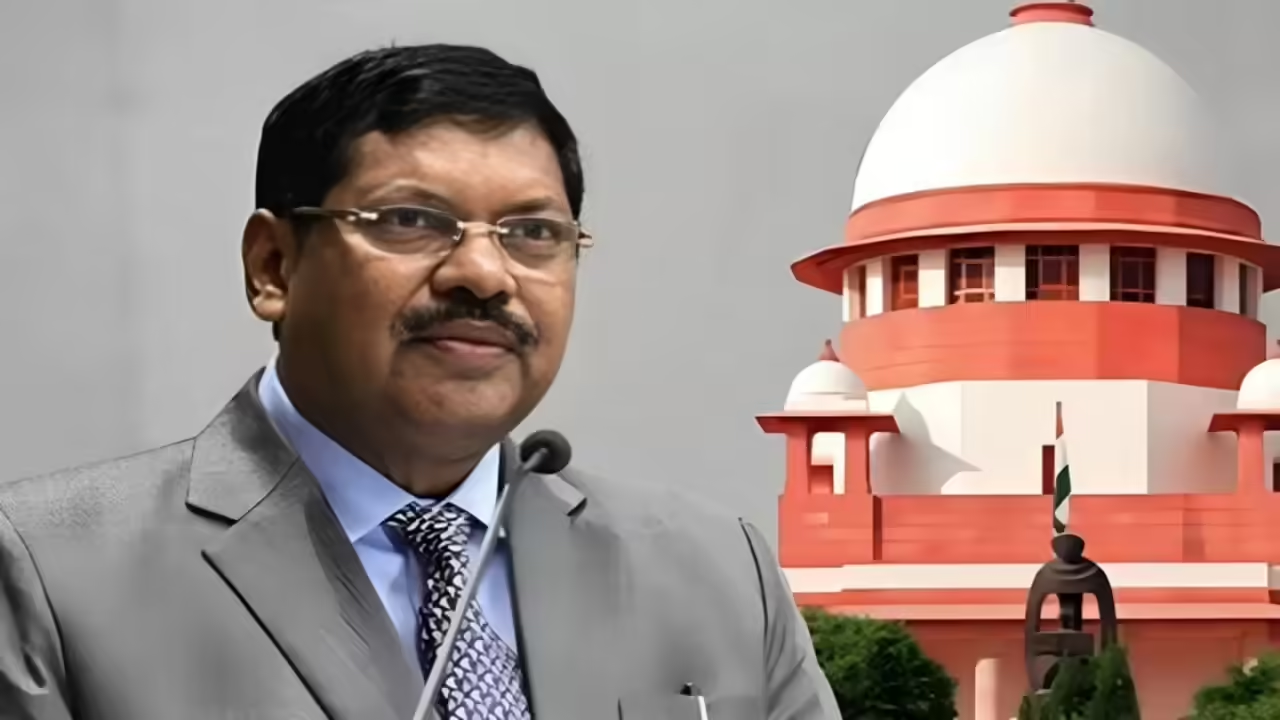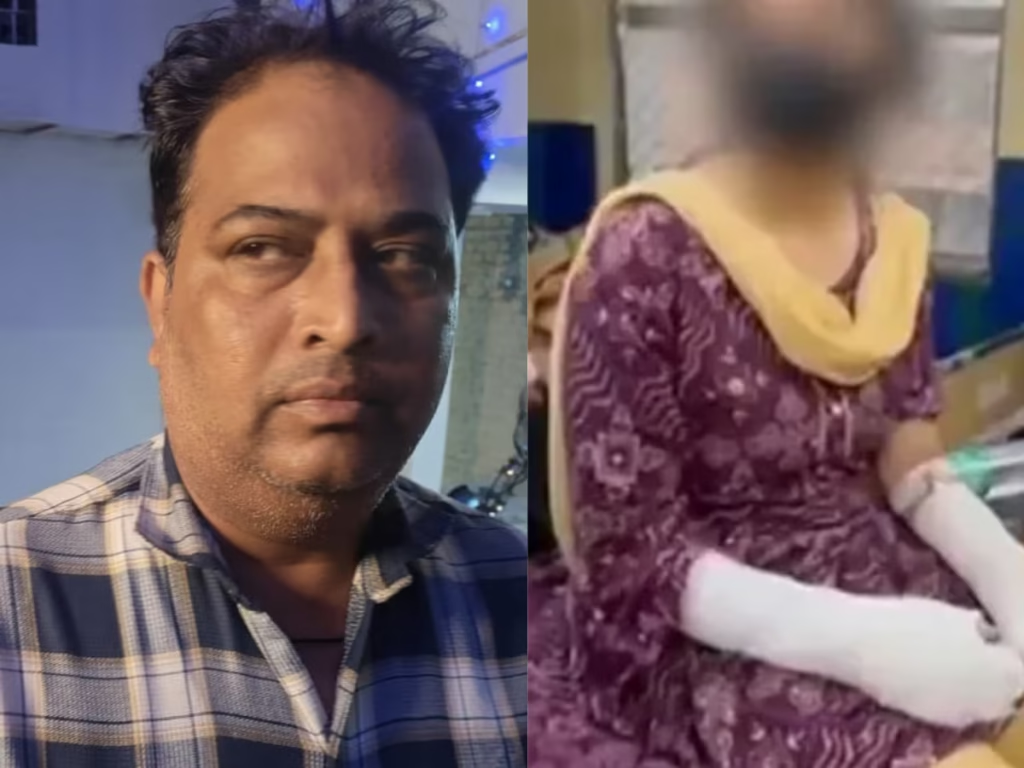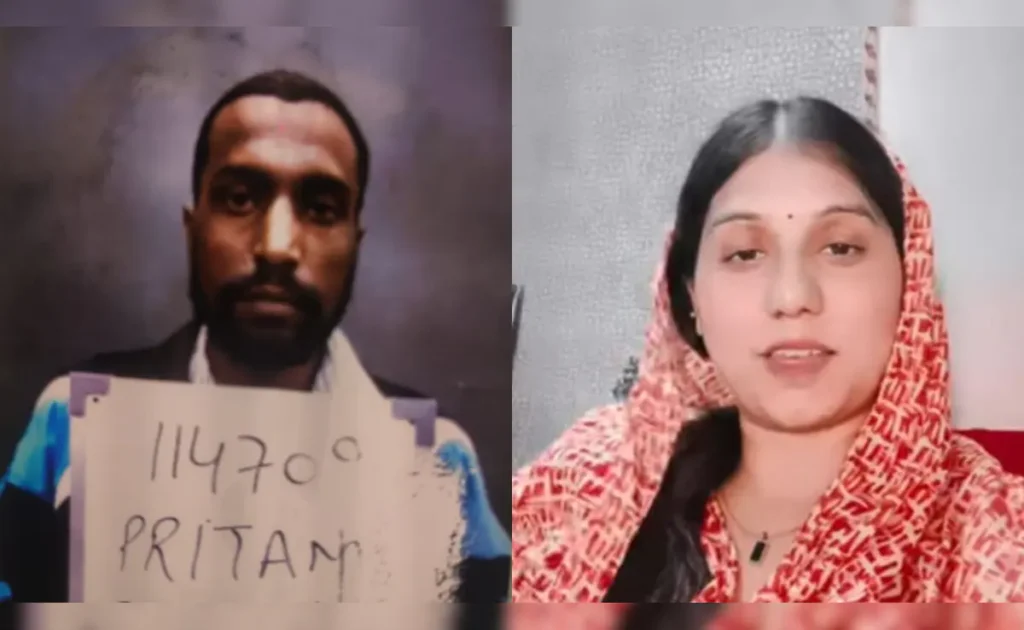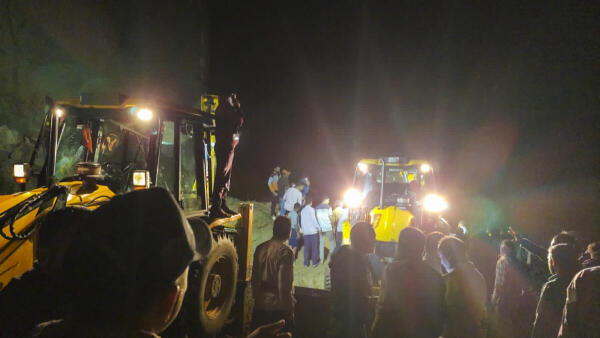Now Reading: Shoe Thrown at CJI: divine motive claimed, mother warns of rising anarchy
-
01
Shoe Thrown at CJI: divine motive claimed, mother warns of rising anarchy
Shoe Thrown at CJI: divine motive claimed, mother warns of rising anarchy

A startling incident in the Supreme Court shook the courtroom when an advocate attempted to hurl a shoe at Chief Justice B.R. Gavai. The accused claimed he acted under divine command. In response, the CJI’s mother cautioned that escalating lawlessness threatens India’s democratic fabric. The episode has ignited debate over security, motives, and the responsibility of institutions to uphold order.
What happened in court
During ongoing proceedings, the advocate was seen approaching the bench and launching a shoe toward the justice. Security intervened swiftly, preventing it from reaching its target. The court resumed after a brief disruption, with dignified composure from the bench. The accused was taken into custody, claiming his act was directed by a higher power.
Divine claim vs. legal boundaries
Invoking divine command as justification raises complex issues. In a law-bound society, personal belief cannot be a shield for disruptive or violent acts. The legal system must balance investigation into motive with strict enforcement of decorum and accountability, especially in institutions like the Supreme Court.
A mother’s warning, a public appeal
CJI Gavai’s mother voiced grave concern over the act. She urged citizens to resolve disagreements through constitutional routes, not through chaos or violence. Her words reflect a broader anxiety — that such incidents, if unchecked, could embolden disorder and weaken public trust in key institutions.
Political and social reactions
Leaders across the political spectrum condemned the assault. Many stressed that attacks on judicial figures threaten the very foundations of democracy. Legal bodies expressed shock, calling for stringent action and reaffirming the sanctity of court decorum. In cities beyond Delhi, these reactions resonate with citizens who view the judiciary as a last line of legal recourse.
Challenges for security and perception
For courts, the incident underscores shortcomings in courtroom security protocols. Ensuring safety without creating a fortress environment is hard, especially in high-traffic legal hubs. In Tier-2 cities, where local courts may lack resources, perceptions of vulnerability may intensify, shaking public confidence.
Why this matters beyond Delhi
This event is not just about one attack or one court. It signals tensions in the balance between faith, dissent, and lawful protest. For readers in smaller cities, where institutional trust may already feel fragile, such incidents reinforce the need for civic awareness, stronger law enforcement, and respect for forums built to adjudicate grievances fairly.
In the end, claiming divine will does not absolve one of responsibility. As the investigation proceeds, the test will lie in restoring public faith — ensuring that courts remain safe, that motives are fairly probed, and that institutions retain their dignity in the face of disruption.

























